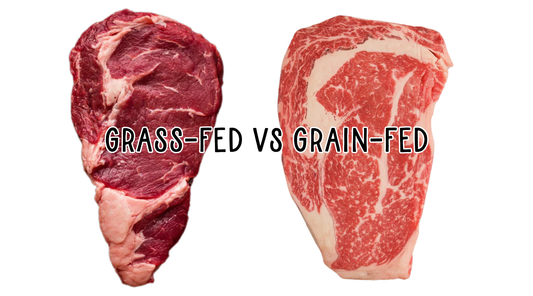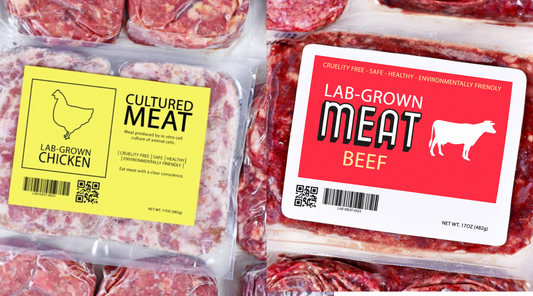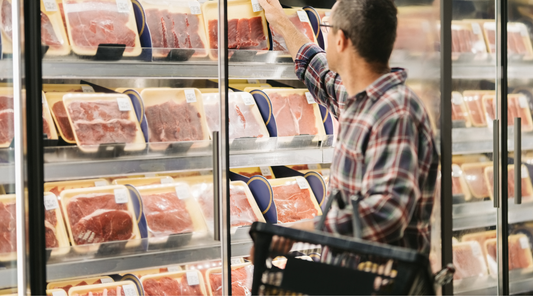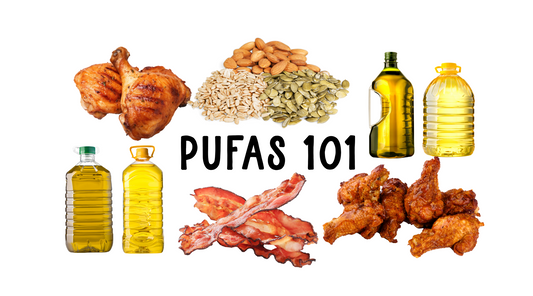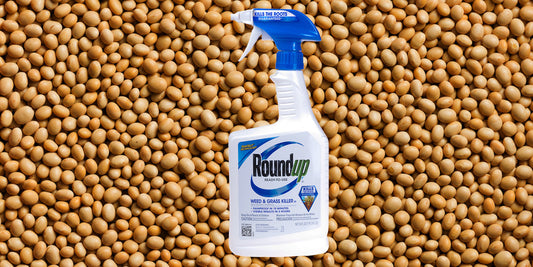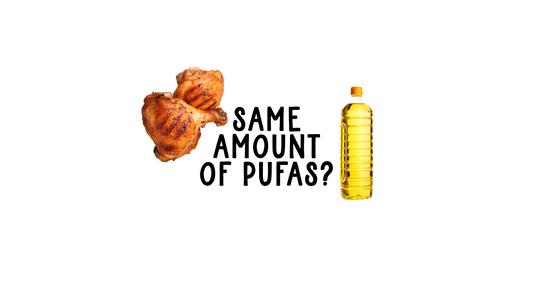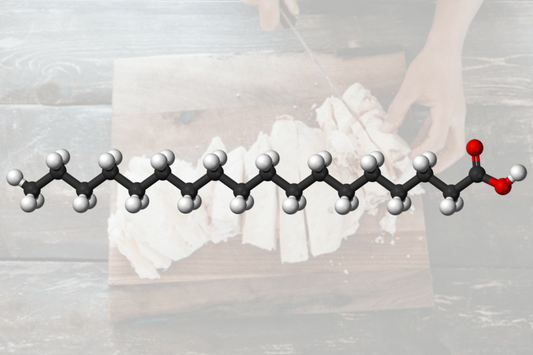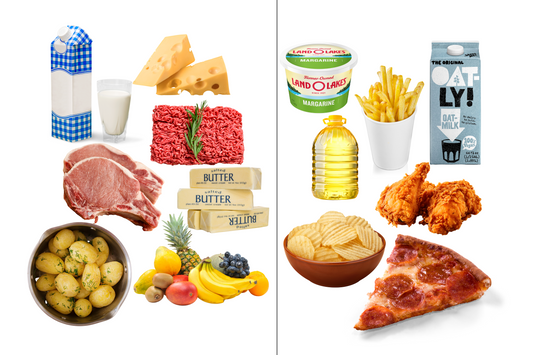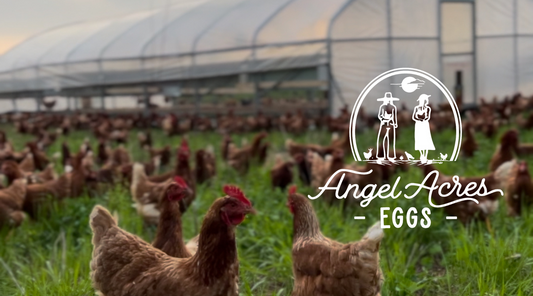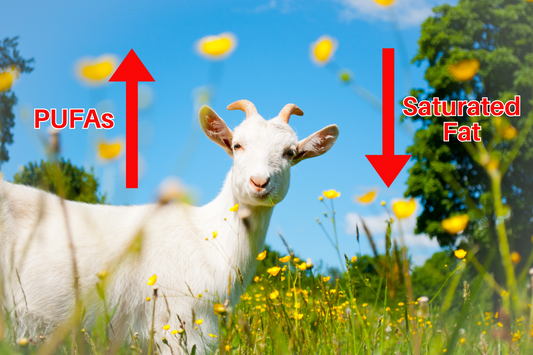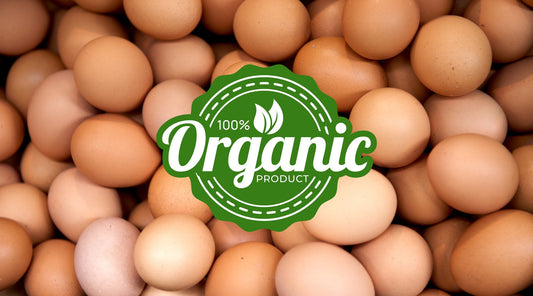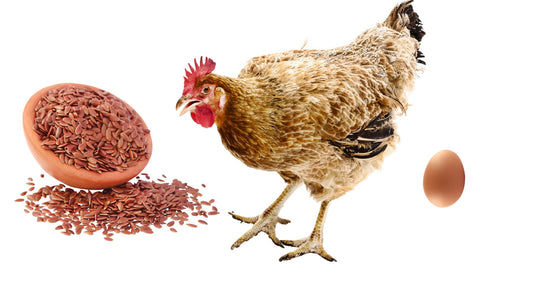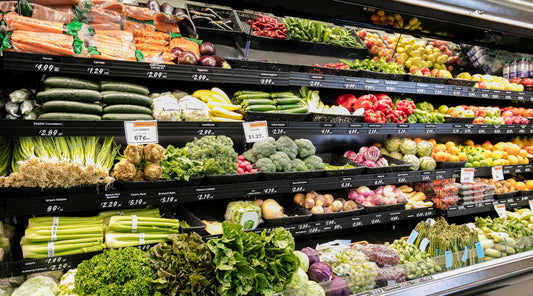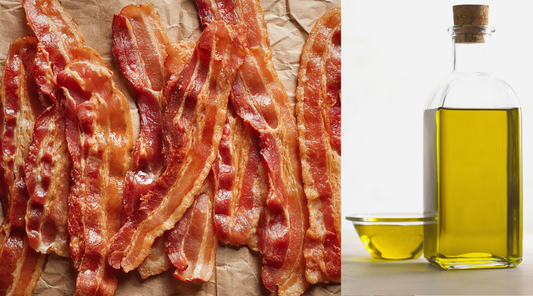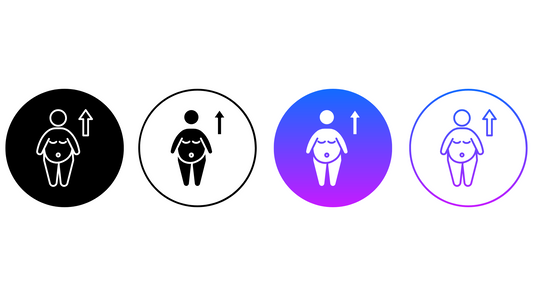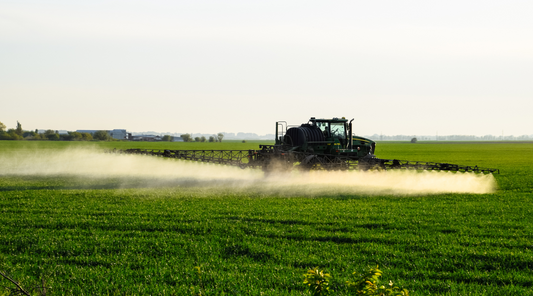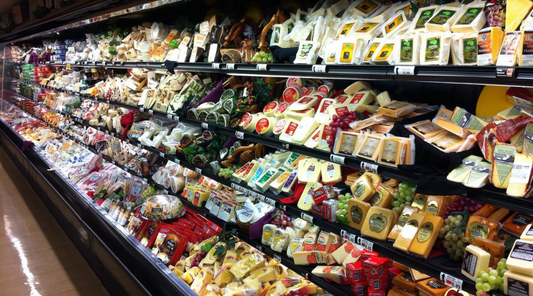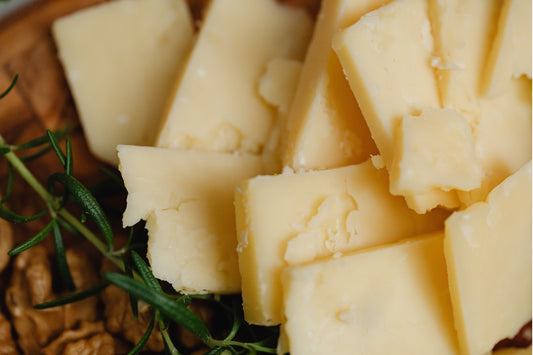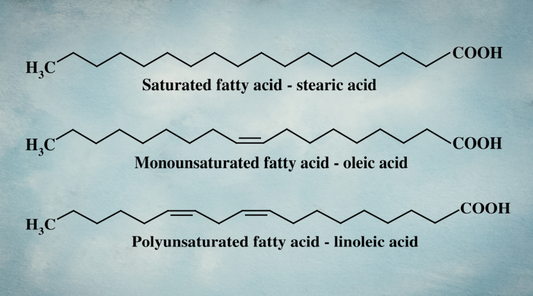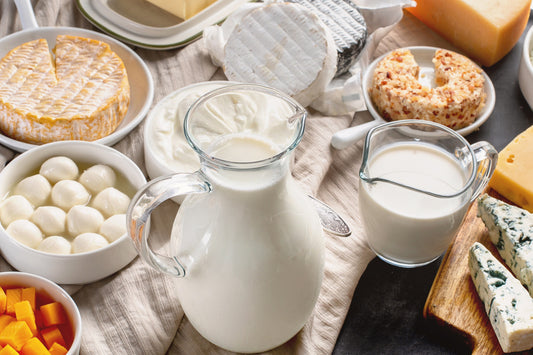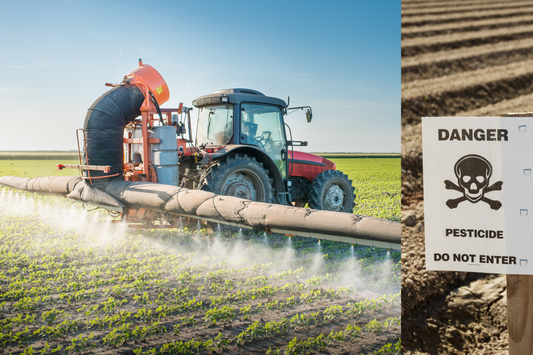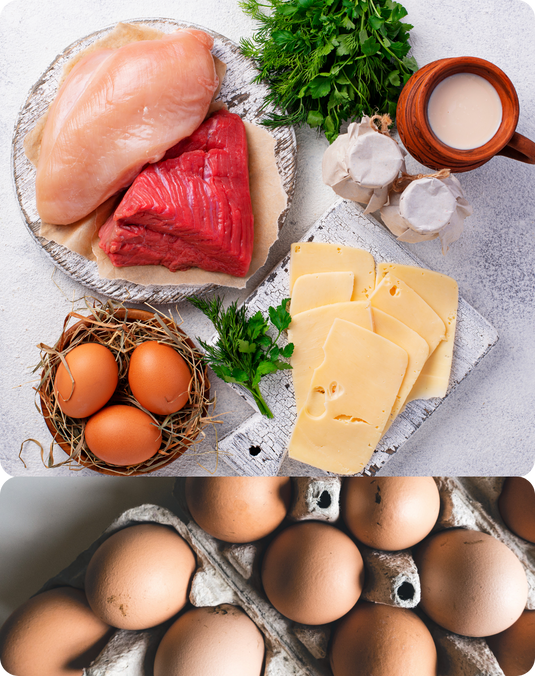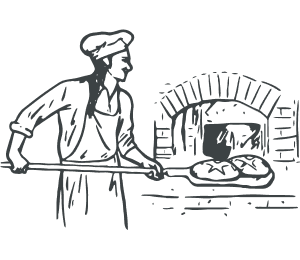
Egg Labels to Avoid (and What They Really Mean)
Most shoppers want to make healthy choices, and food companies know it. That’s why egg cartons today are filled with feel-good labels like “Vegetarian Fed” and “Omega-3 Enriched.” But beneath the marketing, these labels don’t always mean what you think they do. In fact, they often signal practices that are anything but natural.
Let’s break down what these terms really mean, and why we avoid them at Angel Acres Egg Club.
“Vegetarian Fed”
This label might sound wholesome, but it’s often code for chickens confined indoors, raised in barns or cages, and fed a highly processed diet of corn, soy, and dried distiller grains. These ingredients are rich in polyunsaturated fats (PUFAs)and often contaminated with pesticide residues.
The problem? Chickens aren’t vegetarians. They’re omnivores by nature. Out on pasture, chickens thrive when they can scratch and peck for bugs, snack on meat scraps, and even hunt small snakes or the occasional field mouse. That’s real chicken behavior. That’s health.
But under a “vegetarian-fed” model, chickens are cut off from their natural diet and reduced to their feed ration often in a barn, stripping them of critical nutrients and behaviors that support health.
Even worse, the high-PUFA, pesticide-laden feed doesn’t just affect the chicken. It ends up in the egg yolk, influencing the nutrient profile, fatty acid composition, and potential toxin load of the eggs you eat. Studies document that chickens fed high PUFA feed lay eggs with higher PUFA levels (ref), increasing your consumption of Omega 6 PUFAs (the same type of fats in seed oils).
So while “vegetarian fed” may sound like a premium label, it actually signals a restricted, unnatural diet that leads to less nutrient-dense eggs.
“Omega-3 Enriched” or “Omega 3 Eggs”
Here’s another label that sounds like a health upgrade, but it’s not what it seems…
Eggs aren’t naturally high in omega-3s. To increase omega-3 content, producers feed chickens flaxseed, a plant historically used for paint and linen, not livestock feed.
Feeding flax increases alpha-linolenic acid (ALA): a plant-based omega-3 that your body works hard to eliminate. (ref) It’s not the type of fat your body is designed to store or use efficiently. ALA activates transcription factors (like PPAR alpha) (ref) that can change gene expression, tune down metabolism, and increase oxidation. (ref)
Even more concerning, flax boosts phytoestrogen levels in the egg. (ref) These are plant compounds that mimic estrogen in the body and lead to hormonal imbalances. In a world already flooded with endocrine disruptors, we believe that’s something worth avoiding.
Lastly, omega-3 enriched eggs are more prone to oxidation during storage and cooking since Omega 3 fats are unstable. (ref, ref) Studies show they score higher on TBARS, a marker used to measure fat oxidation and rancidity. That means the fat in those eggs breaks down more easily and form harmful lipid oxidation products, negatively affecting taste, shelf life, and nutritional value.
This is not what we want:
So what should you look for?
Labels can be misleading. What sounds “healthy” on a carton often masks cheap, industrial practices that compromise animal welfare and egg quality.
At Angel Acres Egg Club, we do things differently.
We skip the flax, soy, and confinement.
Our chickens are mobile pasture-raised and fed a diet that supports low PUFA and zero pesticide levels in the eggs. This is the way food used to be: before industrial shortcuts, before marketing spin.
If you want truly nourishing food, the key is simple:
Know your farmer.
And we’re honored to be yours.
🥚🌱







